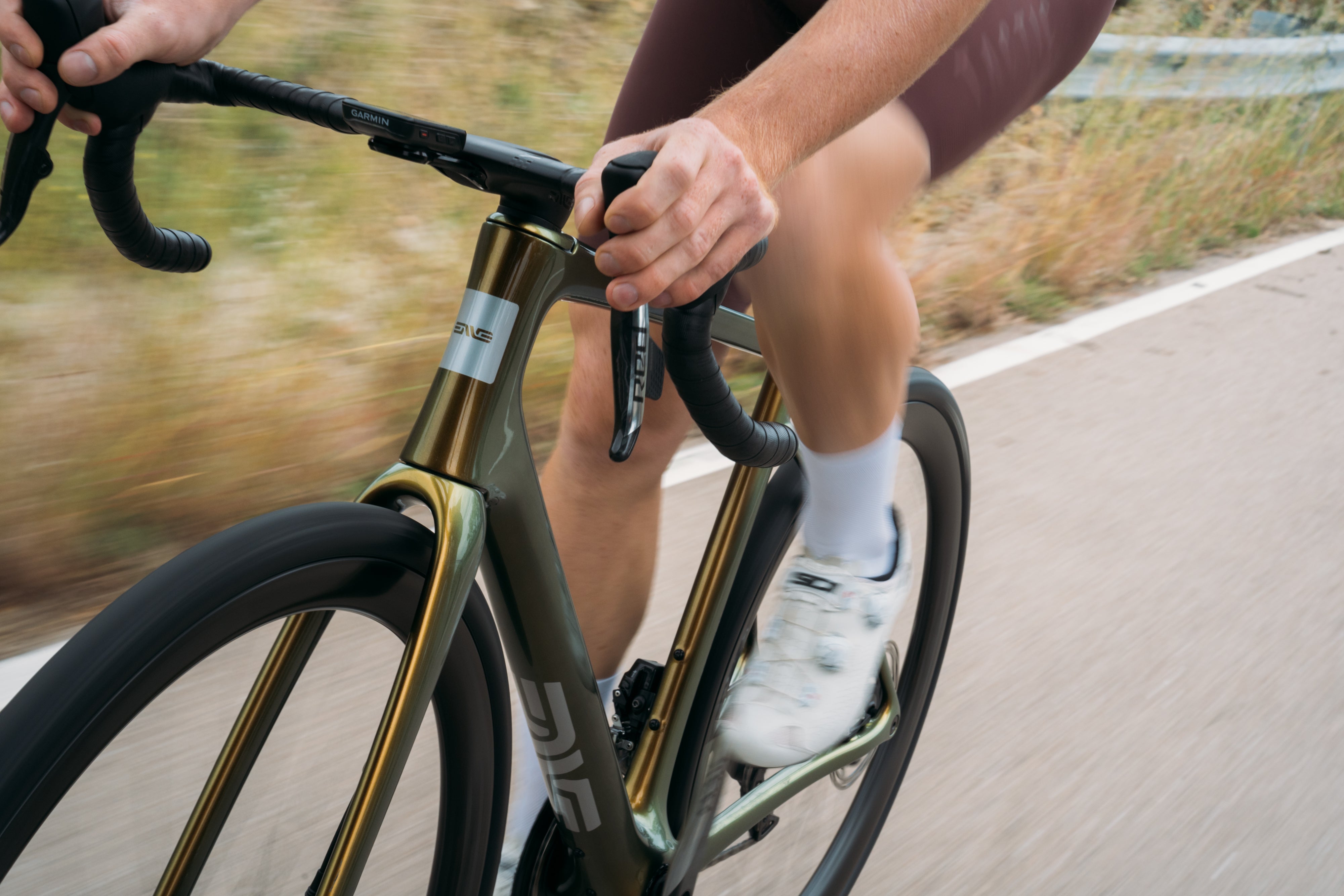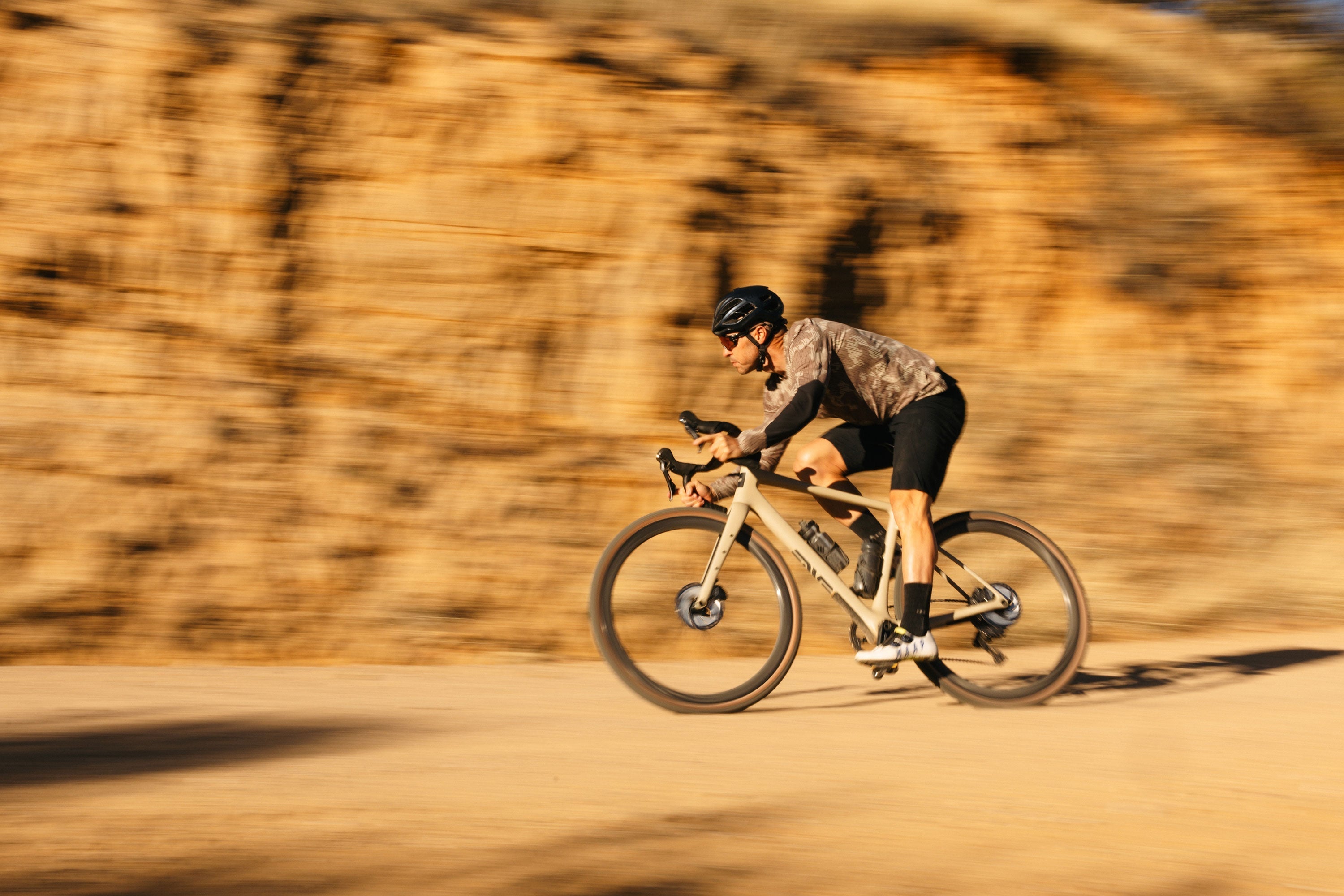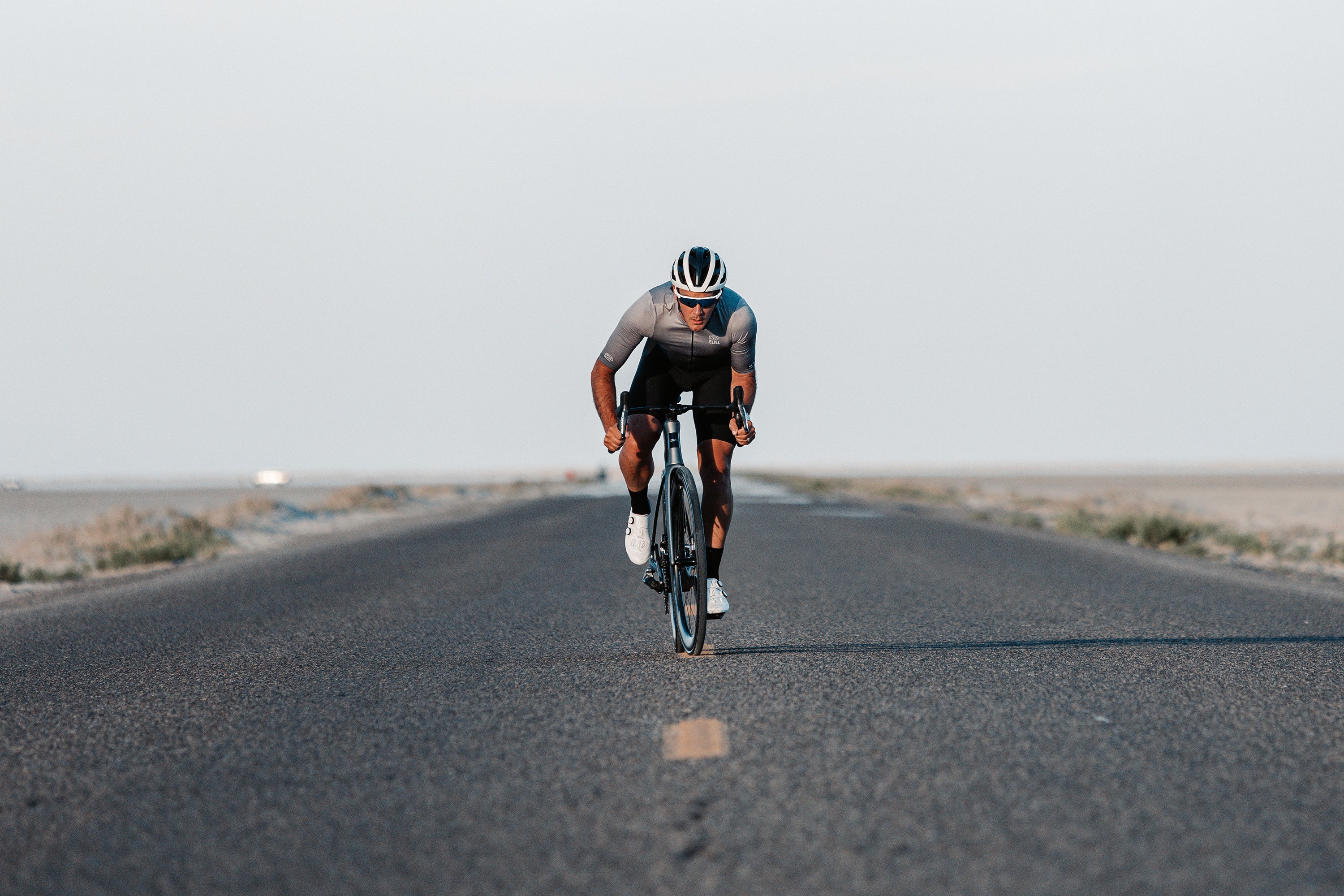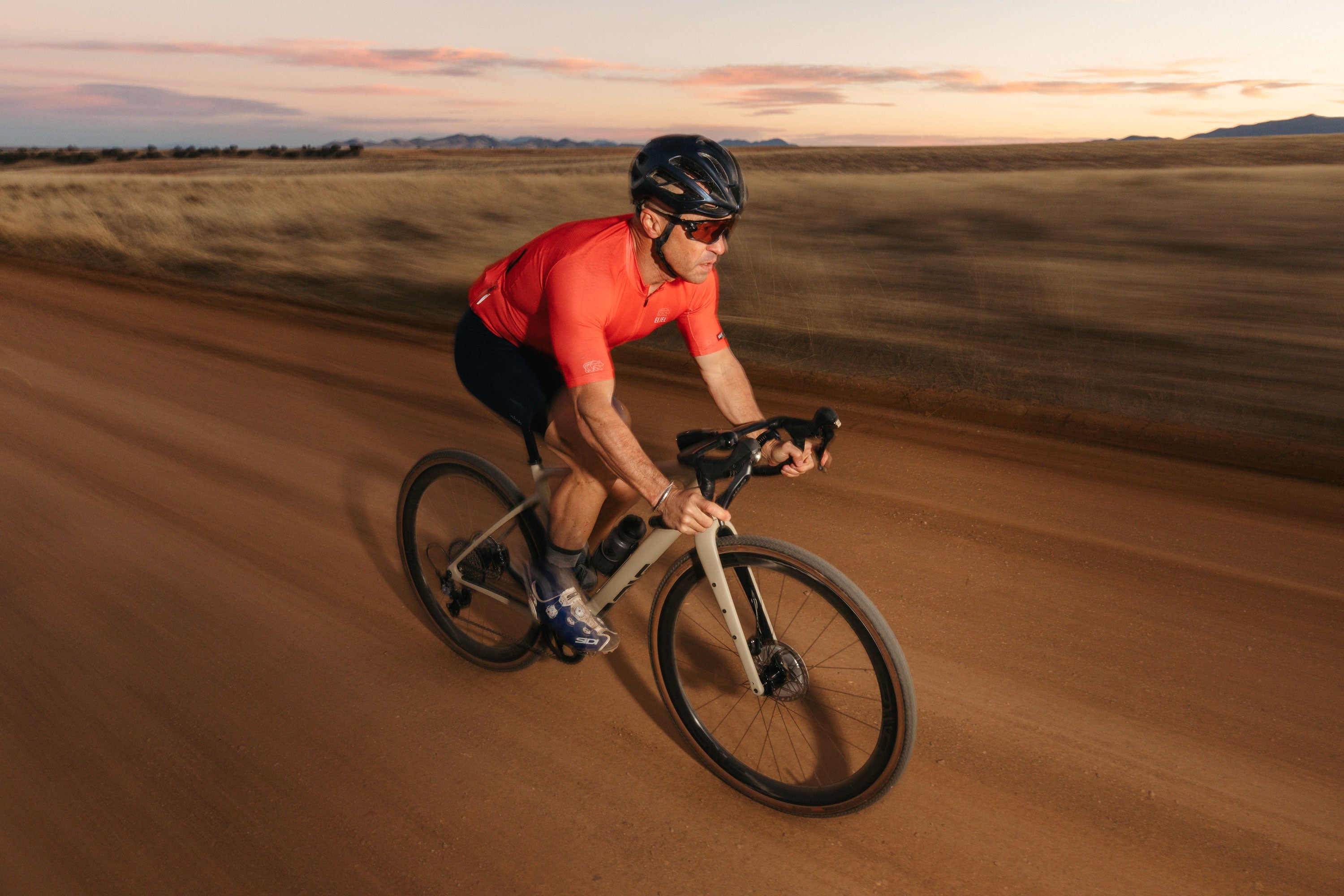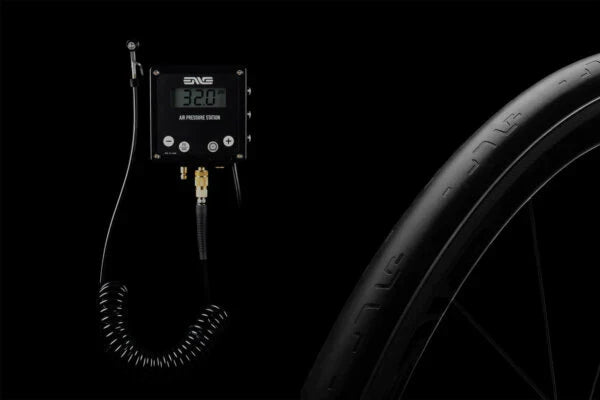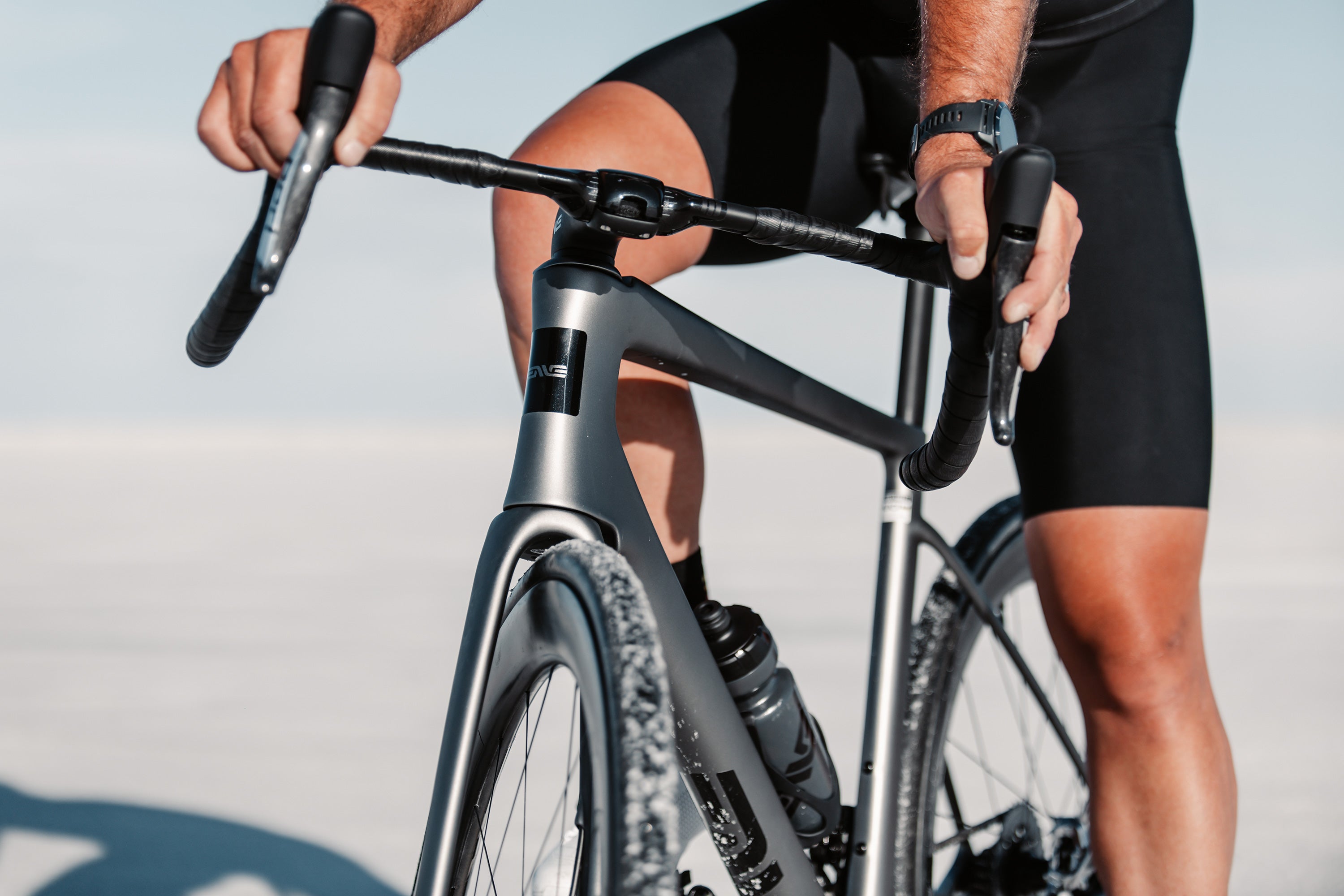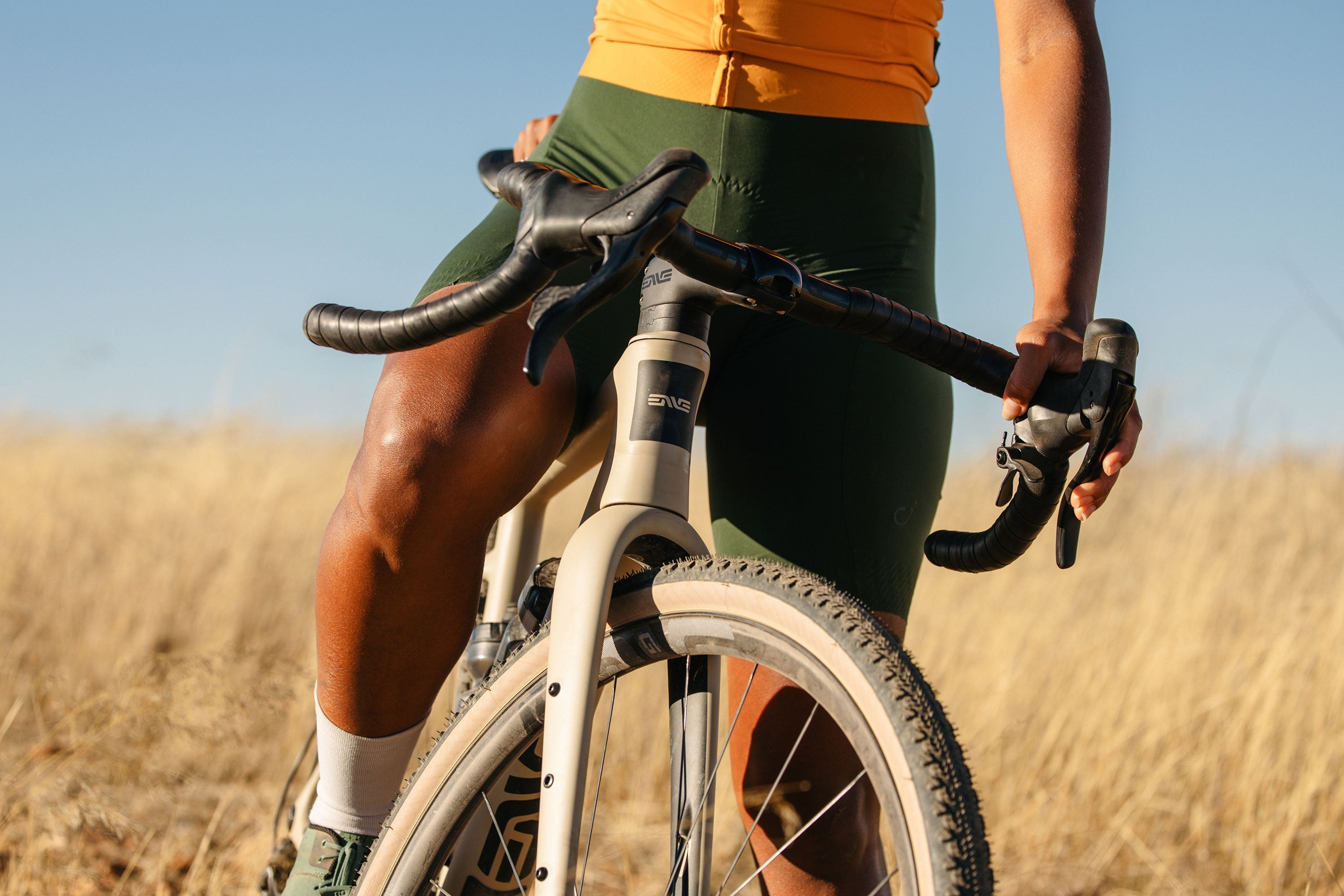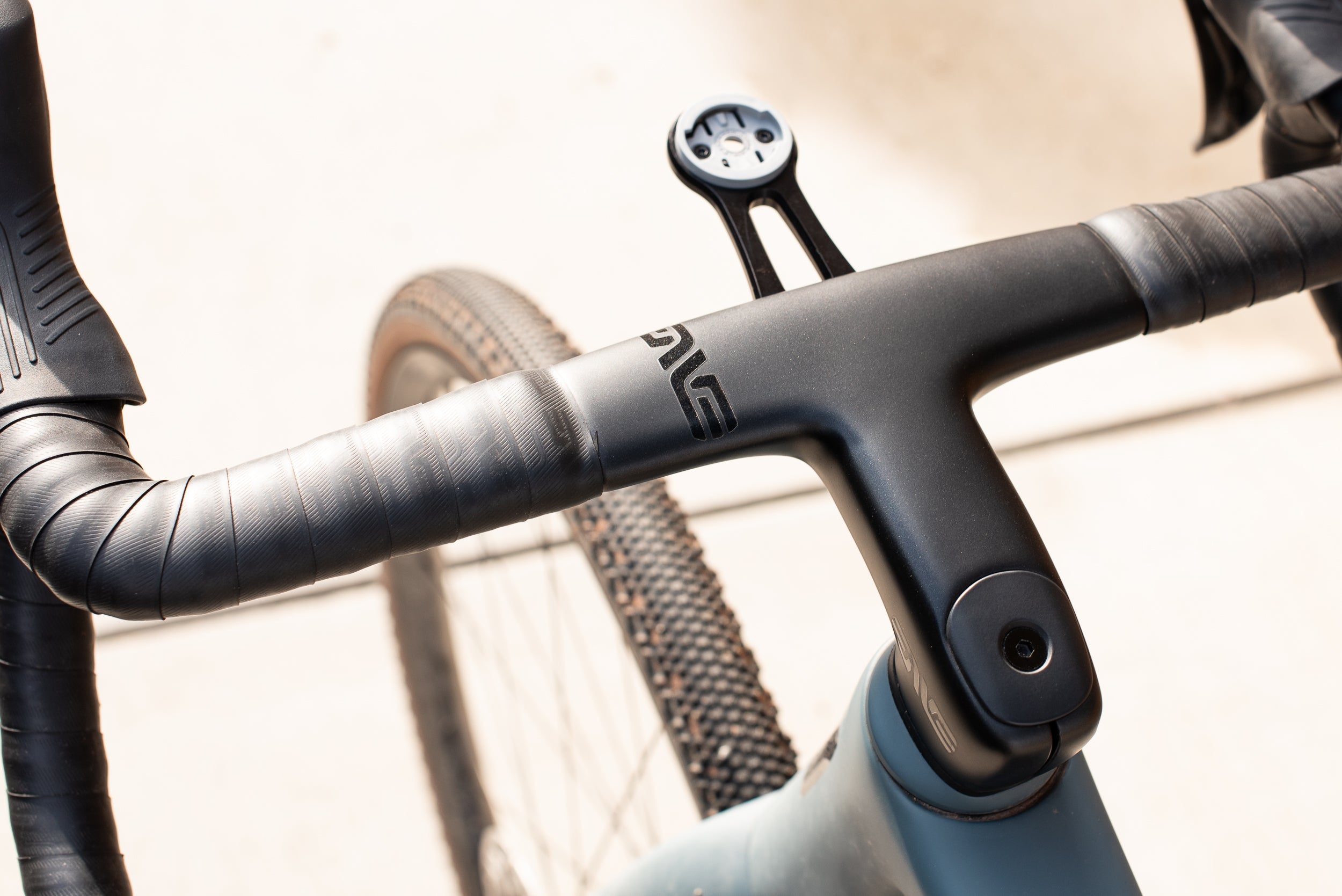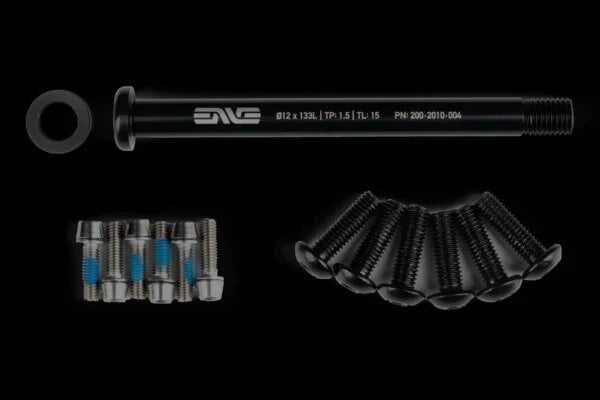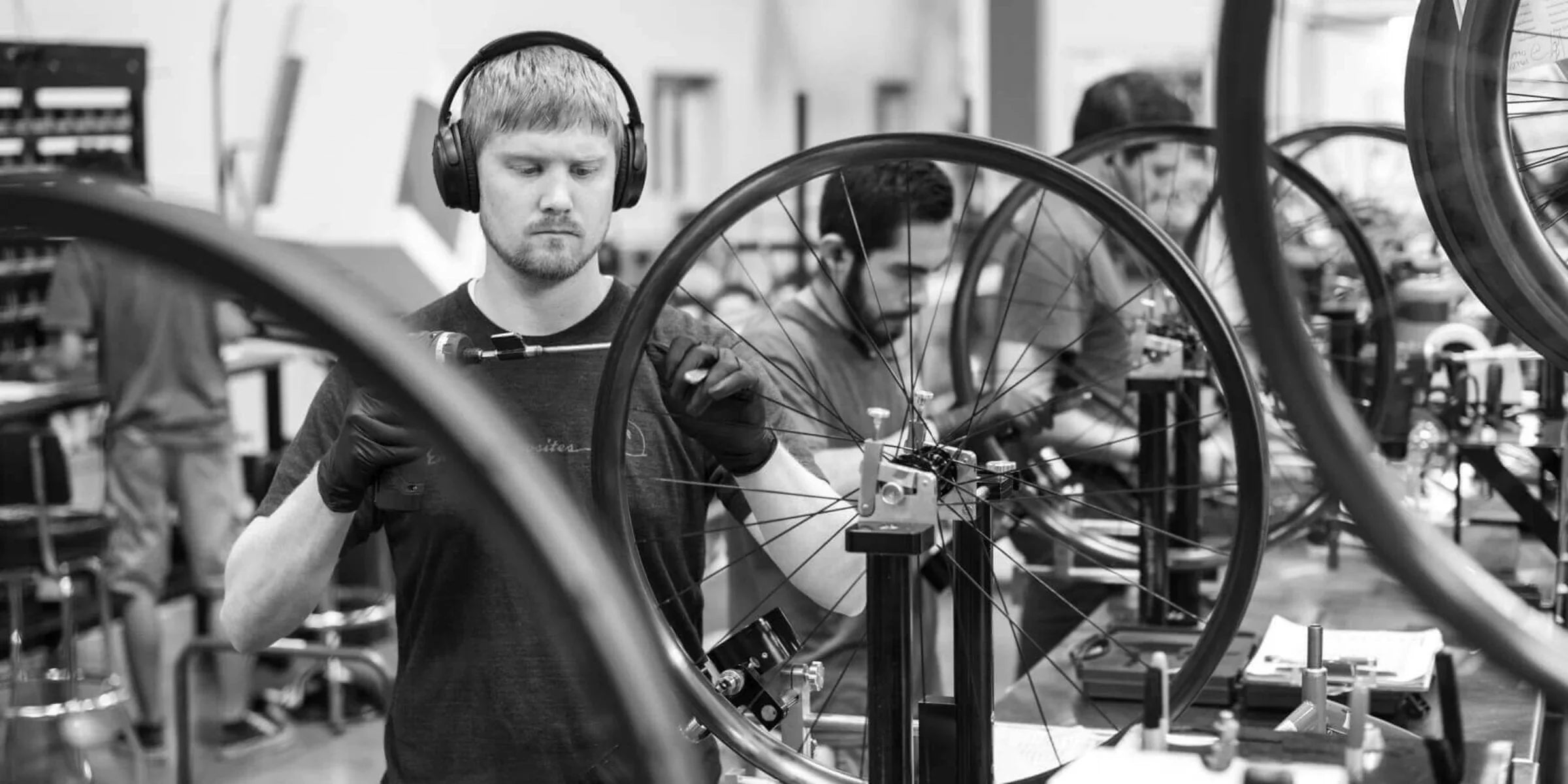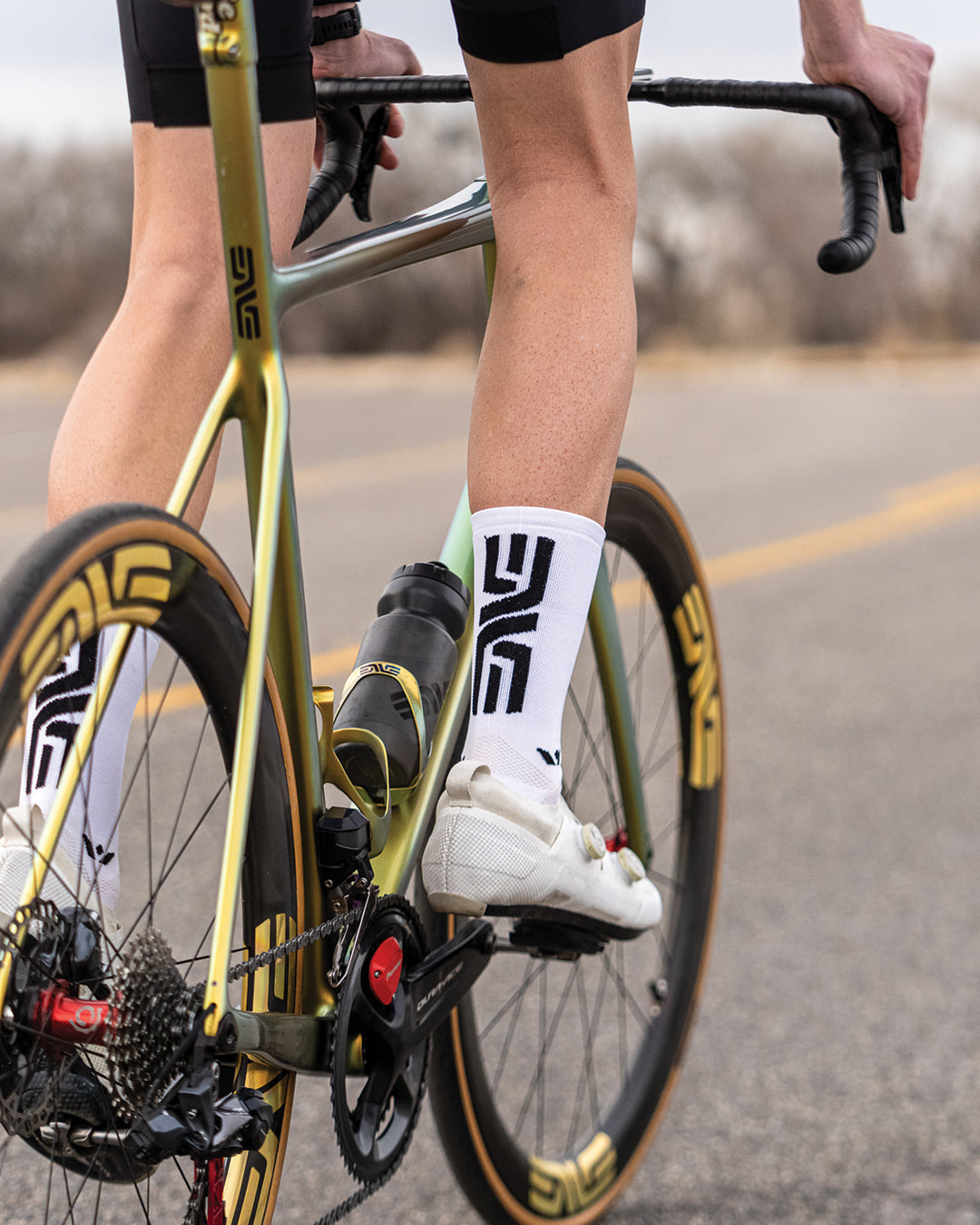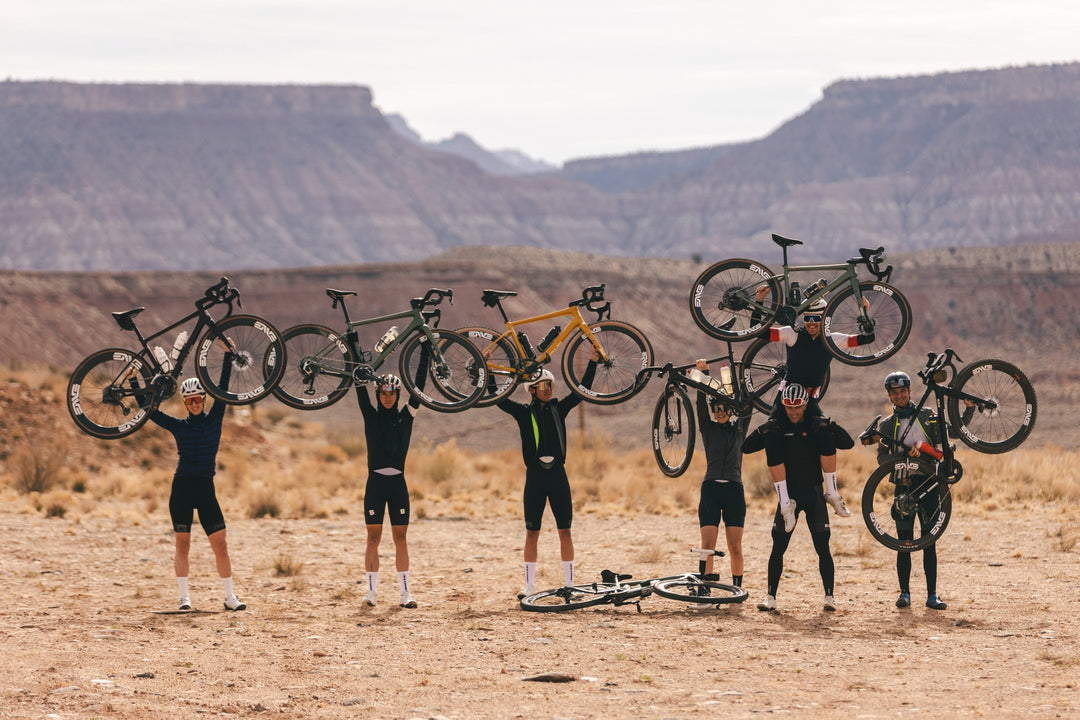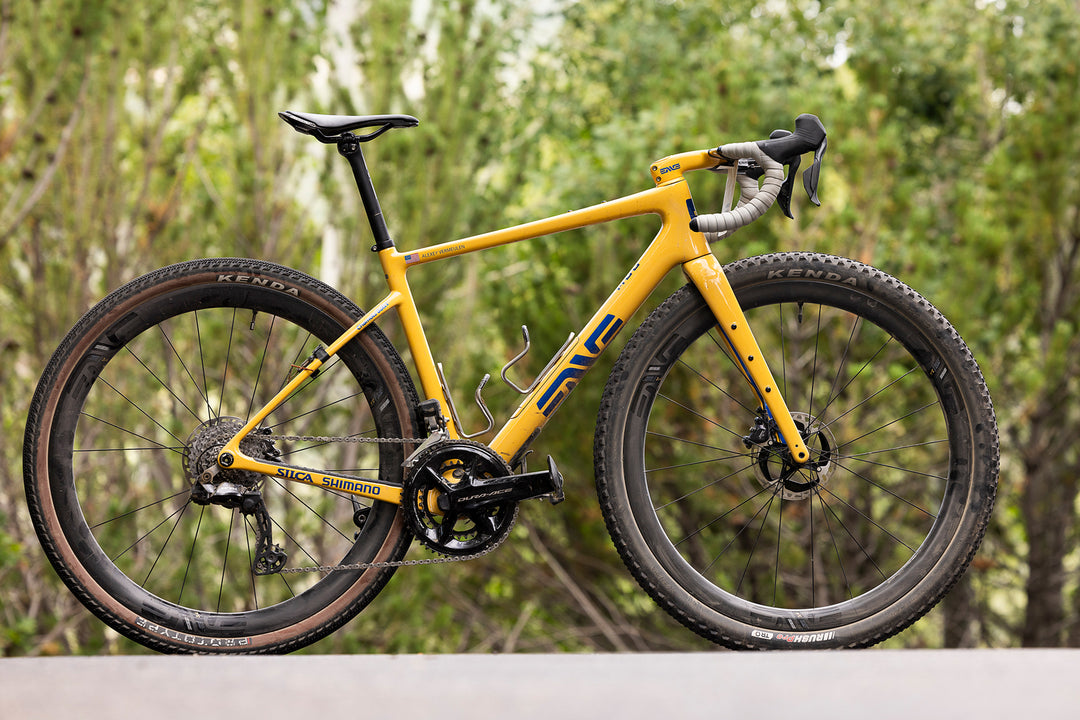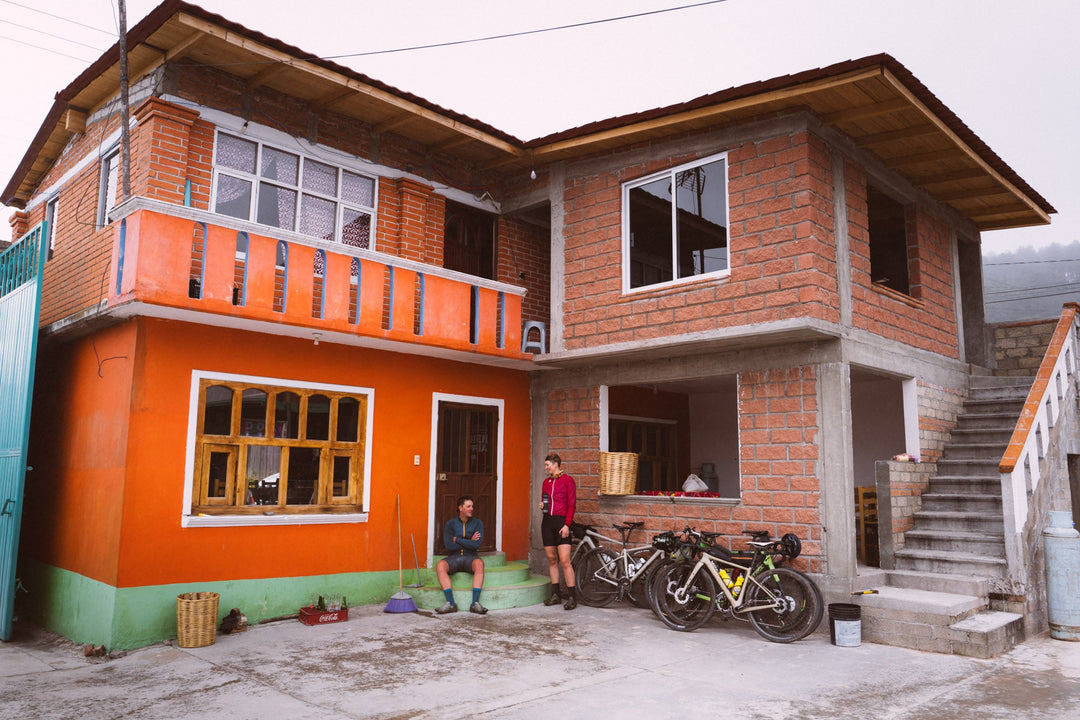How Pro Triathletes Select Wheels for Race Day
Choosing wheels can be tricky. Whether you’re deciding which model to invest in or you’re fortunate enough to have two or more pairs of race wheels to select from for an event, it’s always a question of balancing the aerodynamics of deeper wheels against the lighter weight and even greater stability of shallower models, all in the context of the course profile or your usual riding terrain.
To help you answer this question for yourself, we spoke to triathlon power couple James and Jodie Cunnama to find out how they choose wheels for different courses.
“At most events we can only take one set of wheels,” Jodie tells us, “so we have to decide by looking at the course or from experience of previous years. At Kona, whatever the wind report says, add 10kph to it. There I’ll train on the 7.8 and see how it feels. As a lighter rider, I really like the front wheel to be very stable so I often choose a 4.5 front. You don’t want to be forced out of the aero position.”
This is a secondary aero gain from SES wheels that ENVE’s consultant aerodynamicist, Simon Smart, has touched on in the past. Every time a gust of wind causes the front wheel to twitch worryingly, you tense, rise up a little, which increases drag, and, even if you keep pedalling, which many people don’t, then your power drops. The worst case is that you feel that you have to switch to the base bar, causing far more drag and losing speed that will cost significant energy to regain. If your front wheel can shrug off a gust without a disconcerting twitch then you can keep the power on and maintain your best position. This is what we’re all about at ENVE – confidence.



“I’d use the ‘4.8’ combo on an undulating course,” continues Jodie. “Shallower rims are easier to handle on technical climbs and descents but it would have to be really hilly to go shallower and give up some aero.”
As a big and powerful athlete, James offers another perspective. He’s so committed to running the most aerodynamic set-up possible that he even chose to use a TT bike for the mountainous Alpe d’Huez triathlon.
“In 2010 I raced that event on a Cervélo P3 and again last year on a P5, and won it both times,” he explains. “In between I raced it on a road bike and didn’t do so well. Unless it’s an extremely hilly course, like Alpe d’Huez, I’d still go for the aero advantage of the 7.8s.
“You can use 7.8’s anywhere in any conditions, from a flat TT to a really gnarly twisty course. They’re the most versatile wheel I’ve ridden. They’re incredibly rideable.”
“You can use 7.8s anywhere in any conditions, from a flat TT to a really gnarly, twisty course. They’re the most versatile wheel I’ve ridden. They’re incredibly rideable. The courses
For some moderately hilly courses it can be impossible to decide (without a supercomputer) whether faster or lighter wheels would deliver the best time. Indeed, it may be that 7.8s and 4.5s would deliver identical times on certain courses as their respective advantages cancel each other out. For these occasions, Jodie has some simple advice:
“You have to be happy and have what you want from the bike on race day. You have to feel good on it.”






